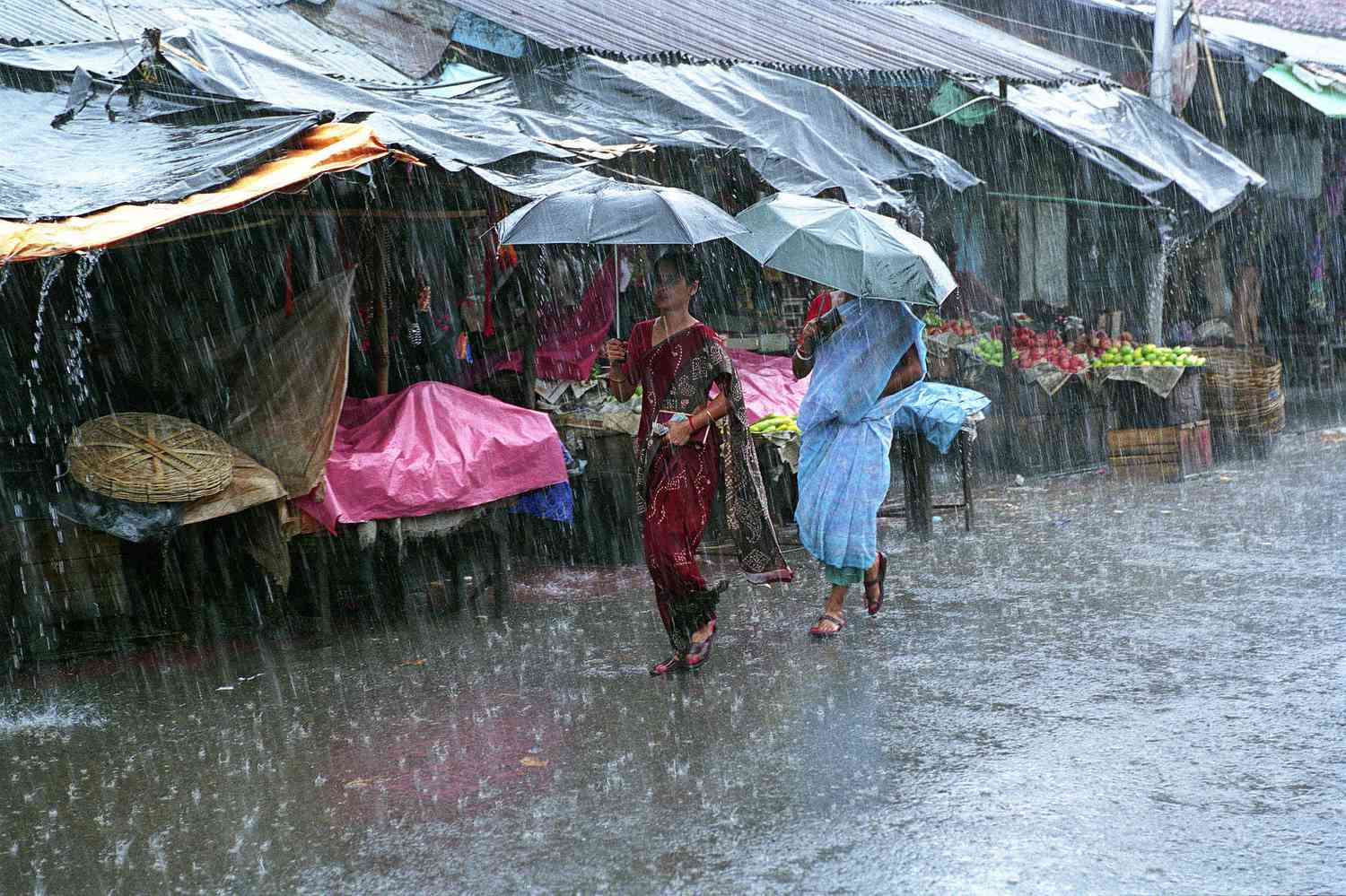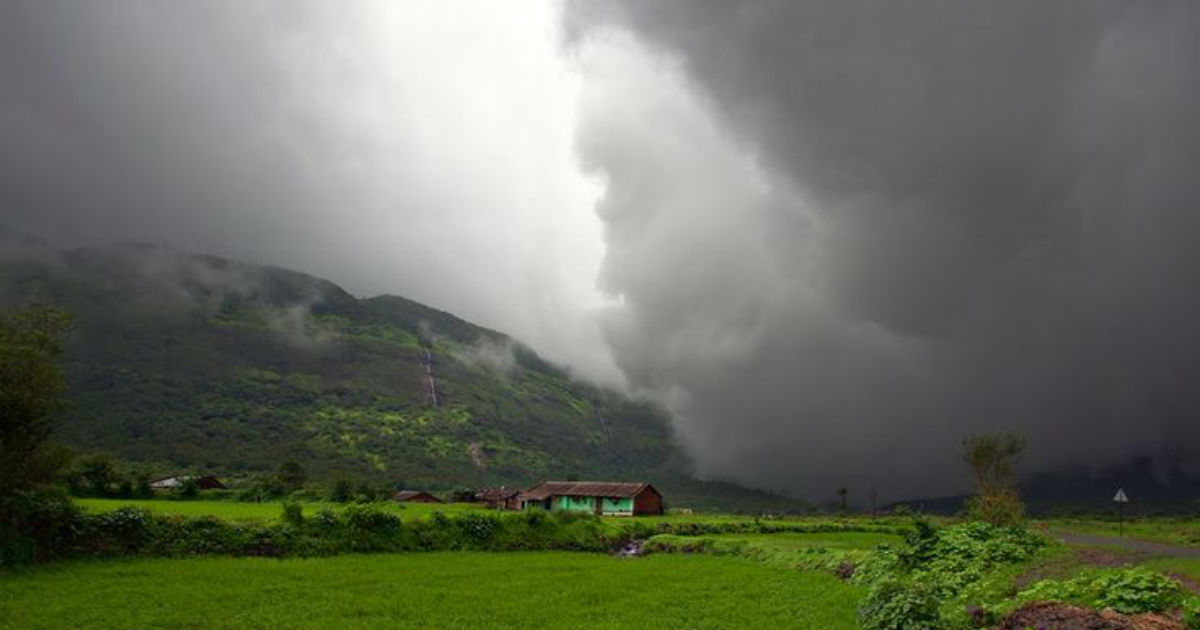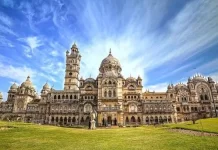India is a country of diverse cultures, traditions, and geography. With a land area of 3.3 million square kilometers, India is the seventh-largest country in the world and is home to over 1.3 billion people. It is also a country of seasons, with four distinct seasons that shape the way of life for its people. The four seasons in India are summer, monsoon, post-monsoon, and winter. Each season has its own unique characteristics, and people in India have adapted their way of life accordingly.

Summer in India usually starts in March and lasts until June. The temperature during this season can reach up to 45 degrees Celsius, and it can be quite unbearable for people who are not used to the heat. Most of the country experiences dry weather during this season, and people often resort to air conditioning and fans to beat the heat. Summer is also the season for many fruit and vegetable crops, and markets are filled with mangoes, watermelons, and other seasonal produce.

The monsoon season in India starts in June and lasts until September. This is the time when the country receives most of its rainfall, and the temperature drops significantly. The monsoon is a much-awaited season in India, as it brings relief from the scorching summer heat and replenishes the water bodies. However, excessive rainfall can also cause floods and landslides, which can be quite devastating for the people living in affected areas.

Post-monsoon is the season that follows the monsoon and lasts from October to November. The weather during this season is usually pleasant, with clear skies and moderate temperatures. This is the season for festivals, and people in India celebrate many religious and cultural events during this time. Diwali, the festival of lights, is the most prominent of these festivals and is celebrated with great enthusiasm all over the country.






























